Perfection in porcelain: new brand 2016/ reignites Japanese ceramic craft
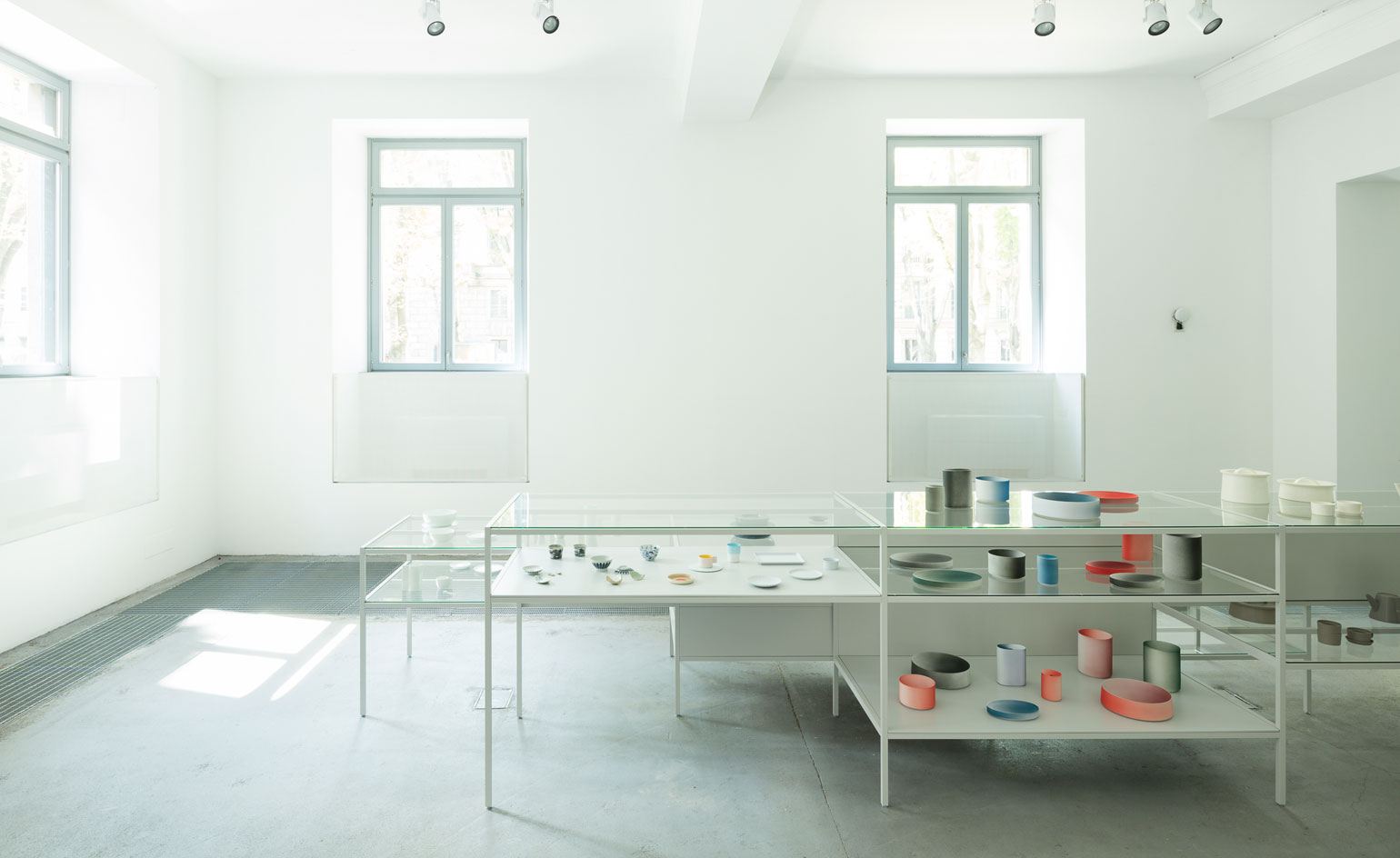
Japan's deteriorating porcelain traditions are being given a new lease of life. This renaissance is the result of 2016/ – an ever-so-slightly confusingly named new brand – dragging the ceramic craftsmanship of the western town of Arita into the contemporary design world. Developed over the past two years, the project is a creative collaboration between Scholten & Baijings and Teruhiro Yanagihara. Over the period, the team appointed 16 international designers to work with ten different potteries, producing a plethora of exceptional ceramics that went on show at this year's Salone del Mobile.
The exhibition truly connected the past to the present and – via The Netherlands and Japan – the West to the East (the two countries maintain an on-going relationship that sprung from a history in trading). To this day, the northern European state has acted as a platform for age-old Japanese craft – something we noted at Mono Japan earlier this year.
Thus, it came as no surprise that 2016/ was such a special project, introducing the audience (and some of the designers) to pottery techniques that they might otherwise never have heard of. Seeing the modern styles of practitioners such as Swiss firm Big-Game, Stefan Diez and Pauline Deltour dip into the classic craft is a fascinating amalgam of creative cultures.
The collections remained relatively conventional in their fundamental forms, from plates to different sized vessels. But it was the unique skills and ceramic wizardry that was the highlight; the magnitude of textures and multihued effects that only come from disciplined and established craftsmanship. From Kueng Caputo’s impressive spectrum of gradients, created using fukitsuke, a specialist airbrush painting technique from Arita's Kin’emon Toen pottery; to faded rich electric blues by Studio Wieki Somers that take the ancient metal stencil techniques of Koransha pottery to an abstract and hi-tech level.
Elsewhere, Spanish designer Tomás Alonso experimented with modern shapes at Sehyou & Co pottery to produce finely thin and chalky containers. Stefan Diez and Pauline Deltour also immersed themselves in the culture with their shapely models, that toy with the thickness of the pottery via different firing temperatures. Meanwhile creative directors Scholten & Baijings and Yanagihara presented both handpainted and geometric forms – the results of their ongoing research into Arita craft.
The new collections mark the 400th anniversary in Aritaware traditions, and the celebrations are just the beginning; next up is the opening of an 'Arita House' right by Amsterdam’s Rijksmuseum, a mimic of the one in Japan. It's set to host many crafty events – a further link in the cultural and historical fusion.
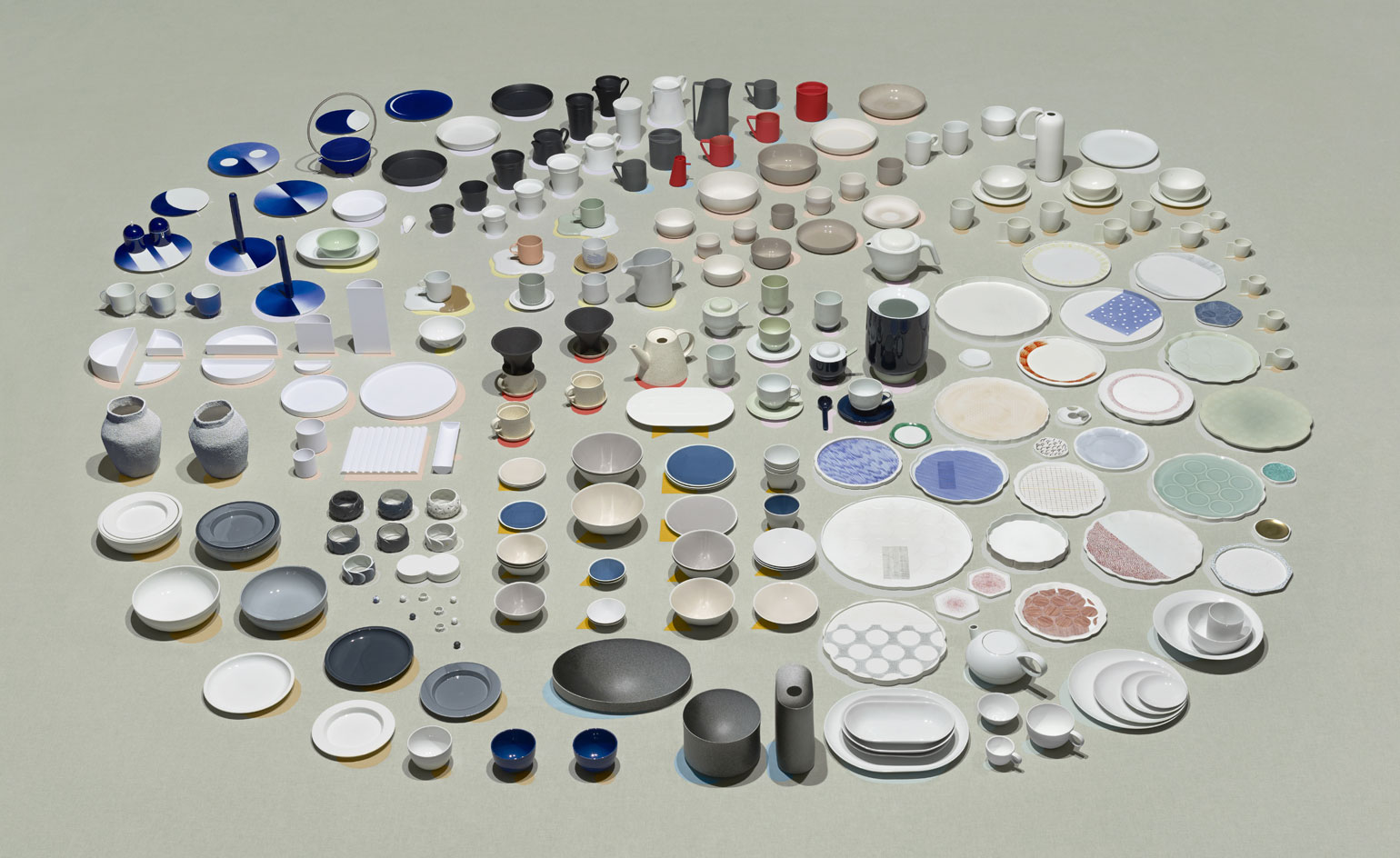
The project is a creative collaboration between Scholten & Baijings and Teruhiro Yanagihara – together, they have appointed 16 designers to work with ten different potteries, producing a plethora of exceptional ceramics.
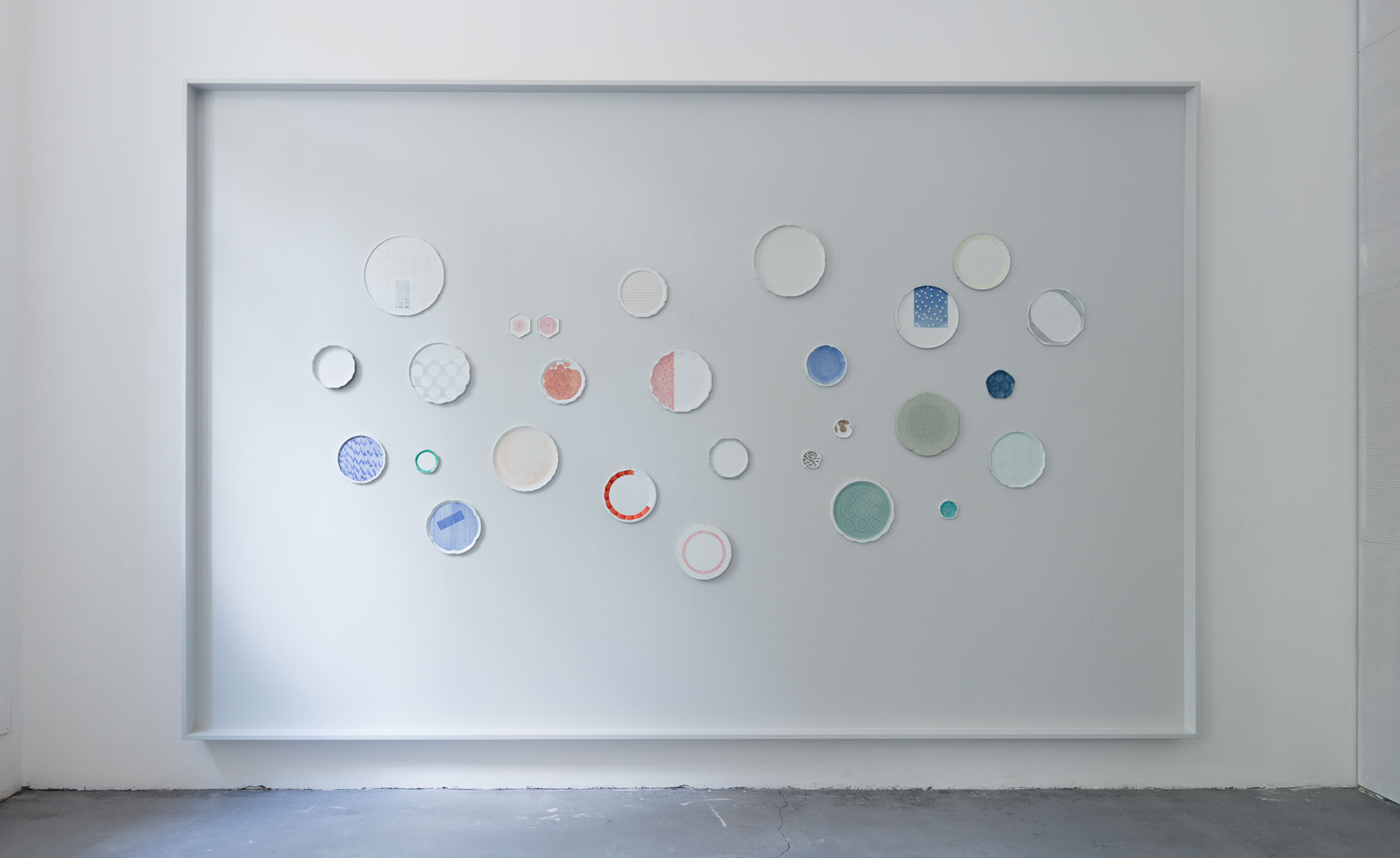
The exhibition truly connected the past to the present and – via The Netherlands and Japan – the West to the East. Pictured: Scholten & Baijings' handpainted collections.
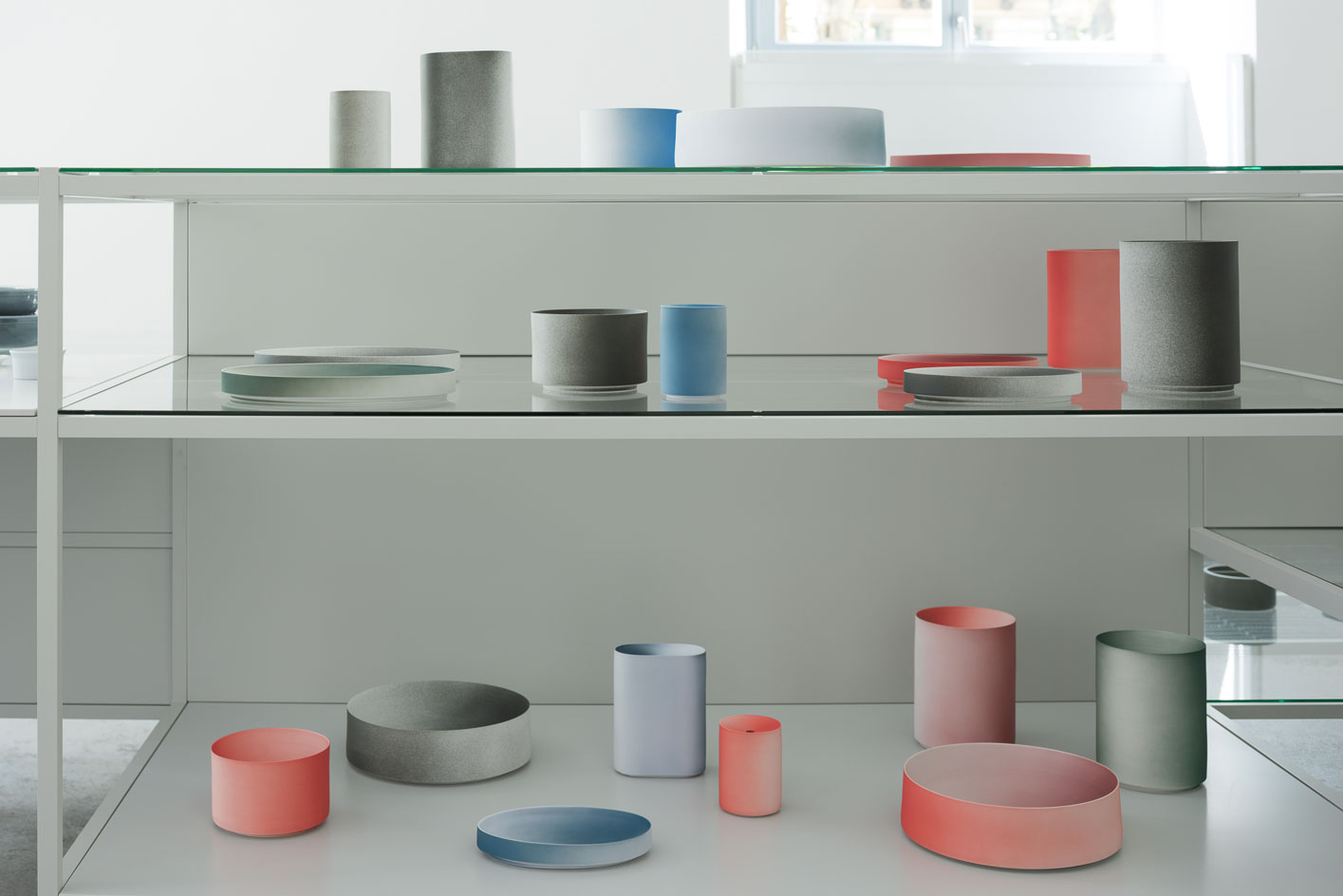
Kueng Caputo’s impressive spectrum of gradients is created using fukitsuke, a specialist airbrush painting technique from Arita's Kin’emon Toen pottery.
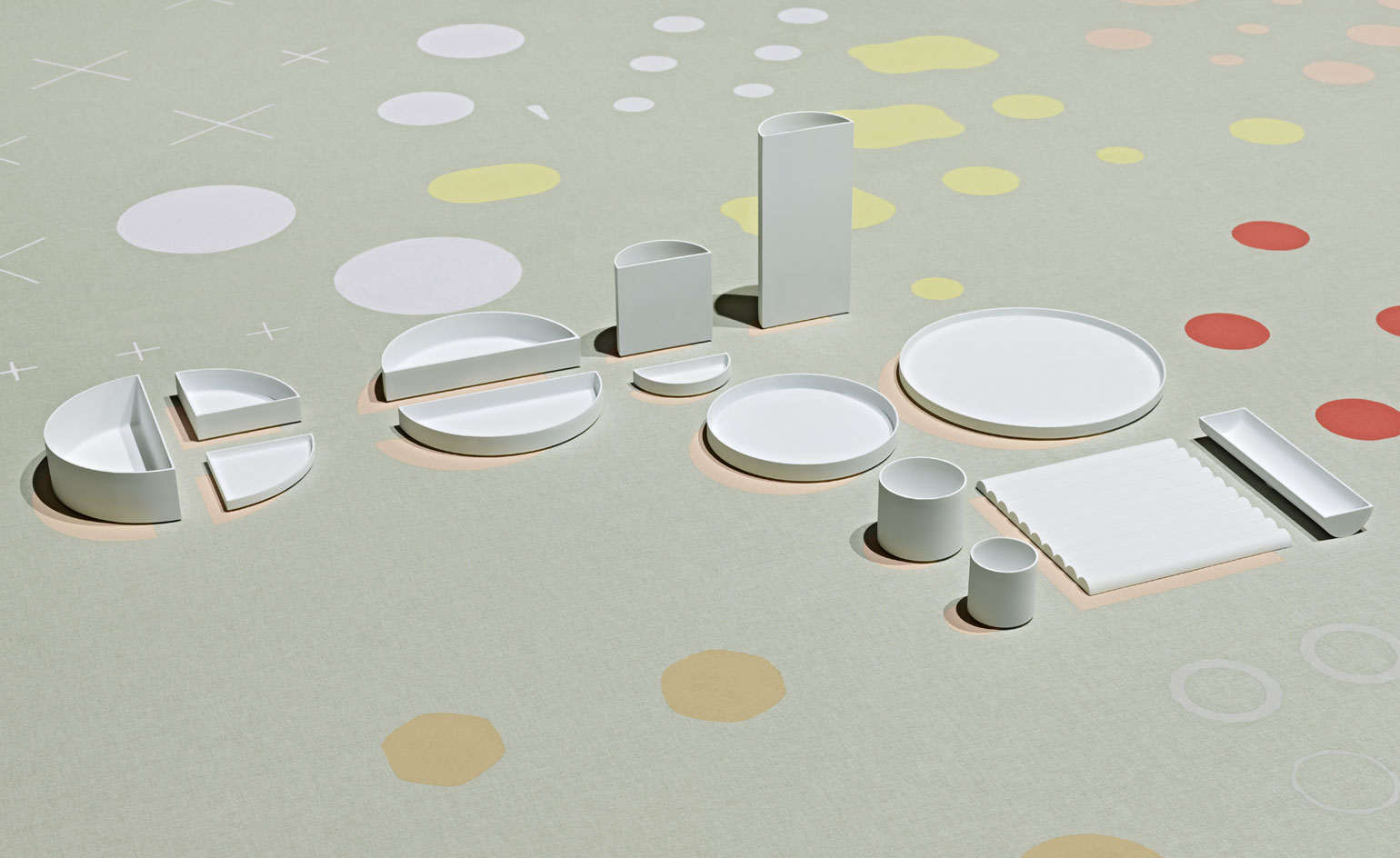
Spanish designer Tomás Alonso experimented with modern shapes at Sehyou & Co pottery to produce finely thin and chalky containers.
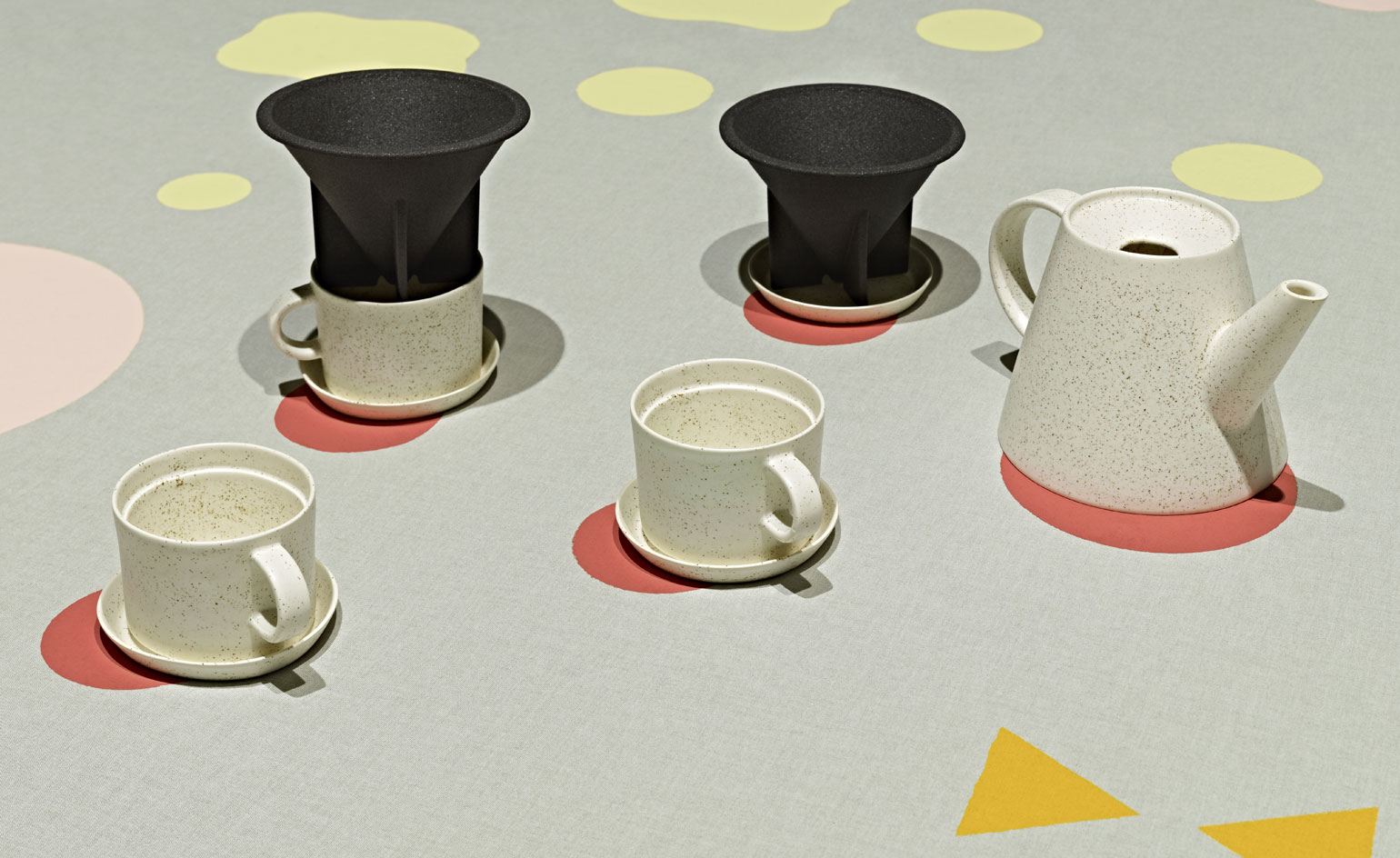
Swiss practice Big-Game's collections.
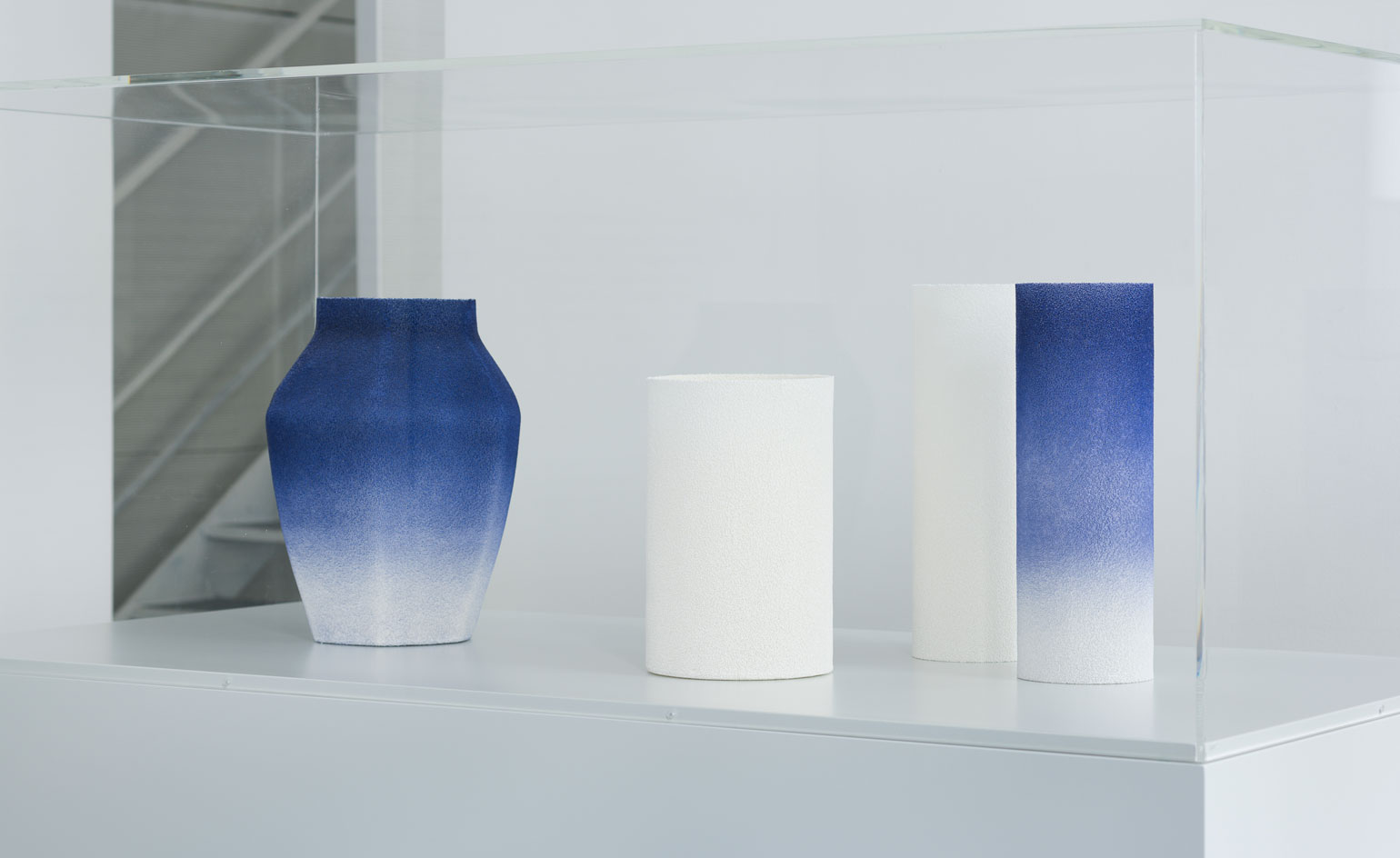
Teruhiro Yanagihara’s ongoing studies into the ceramics of Arita are manifested in his refined vases.
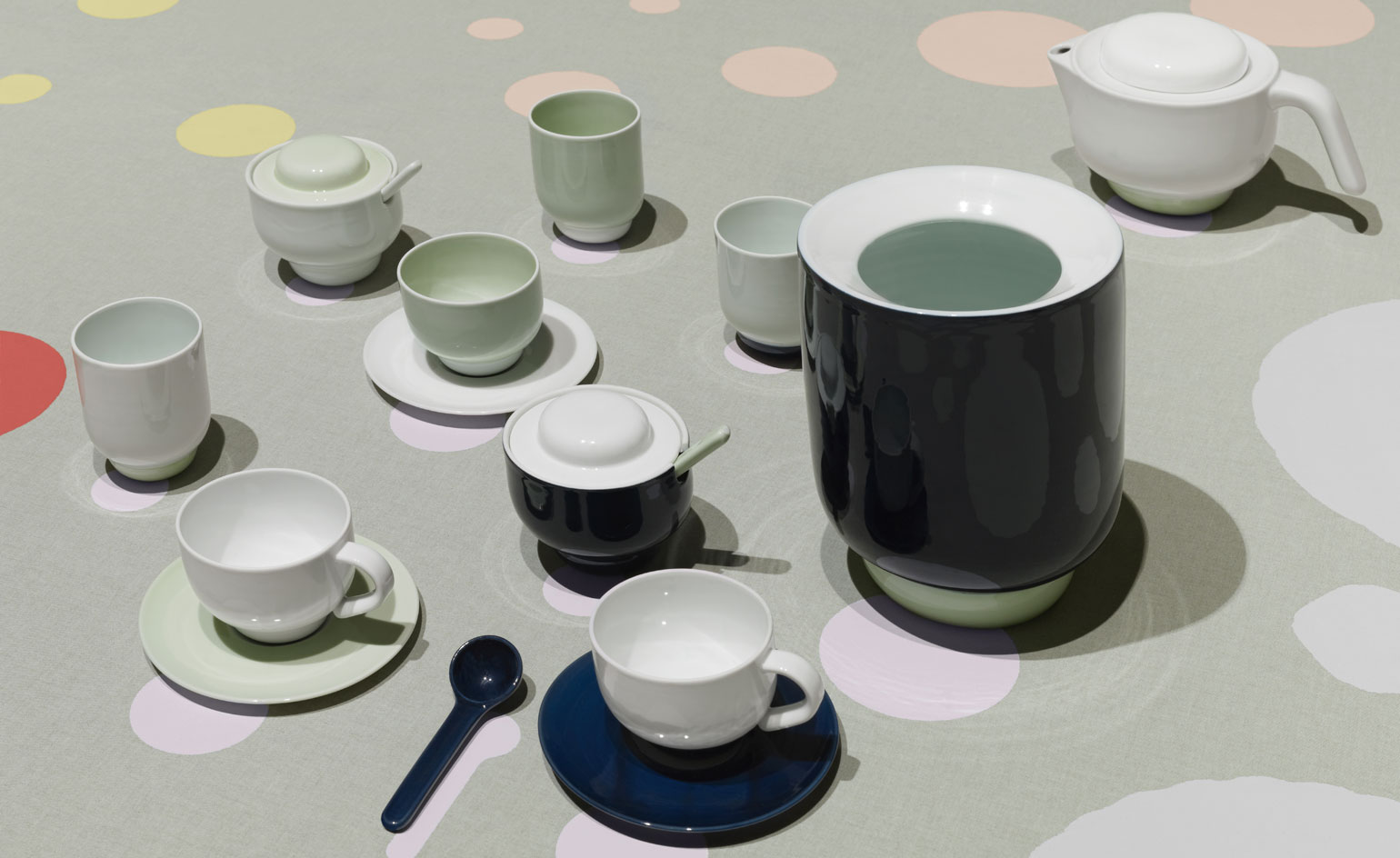
Pauline Deltour toyed with the thickness of her pottery via different firing temperatures.
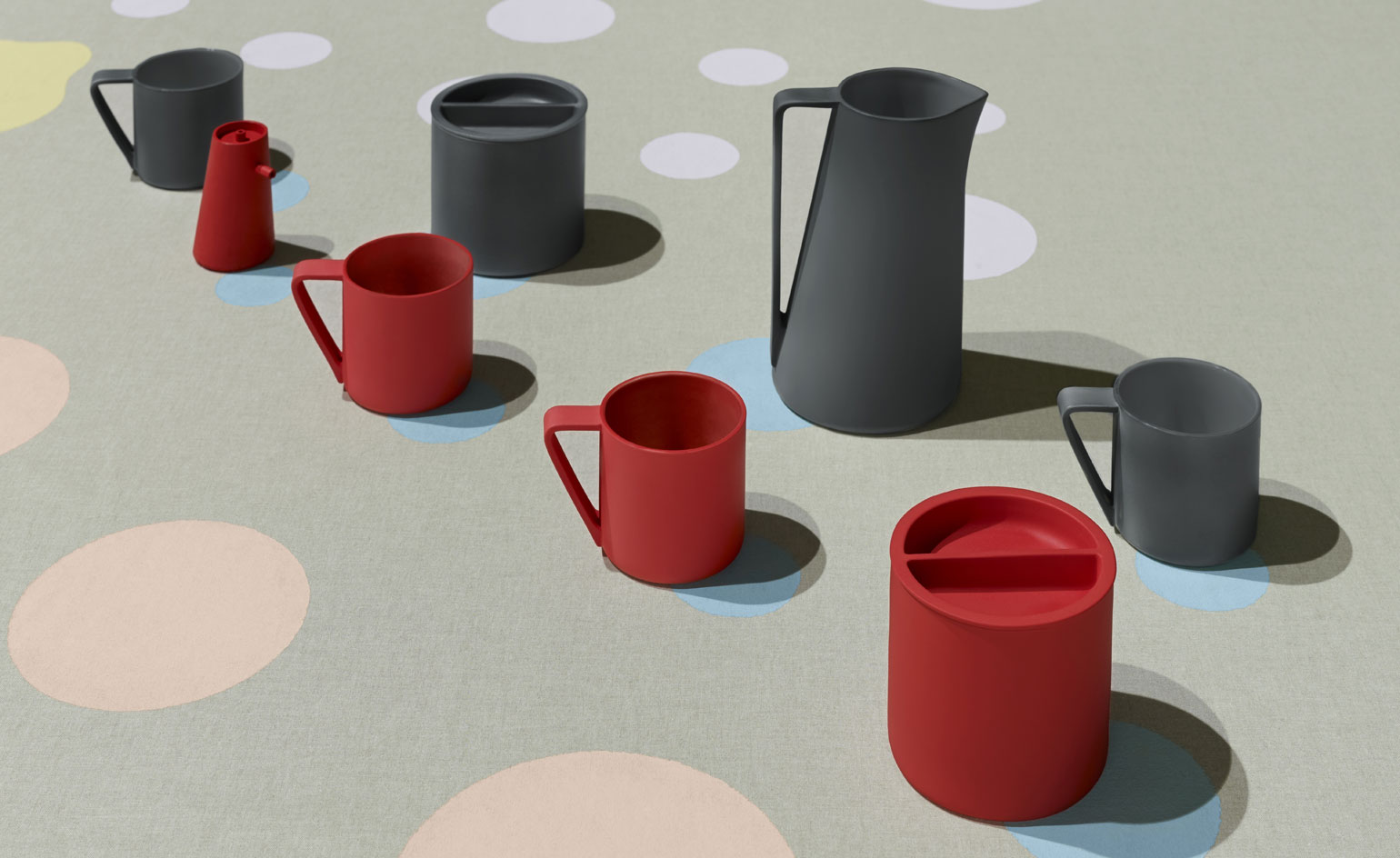
Shigeki Fujishiro created a range of strongly coloured forms.
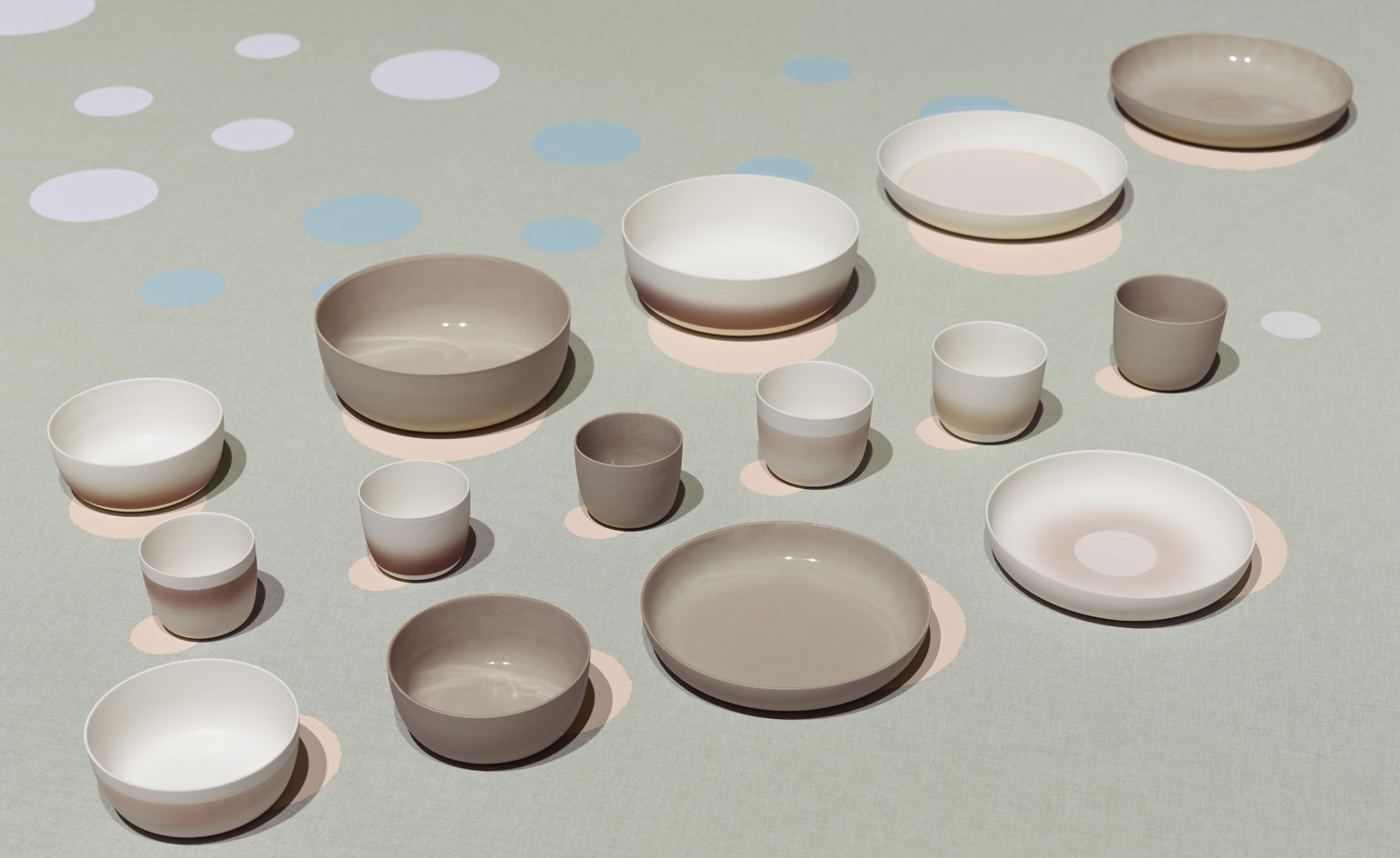
Kirstie van Noort’s collections were rendered in muted, austere palettes.
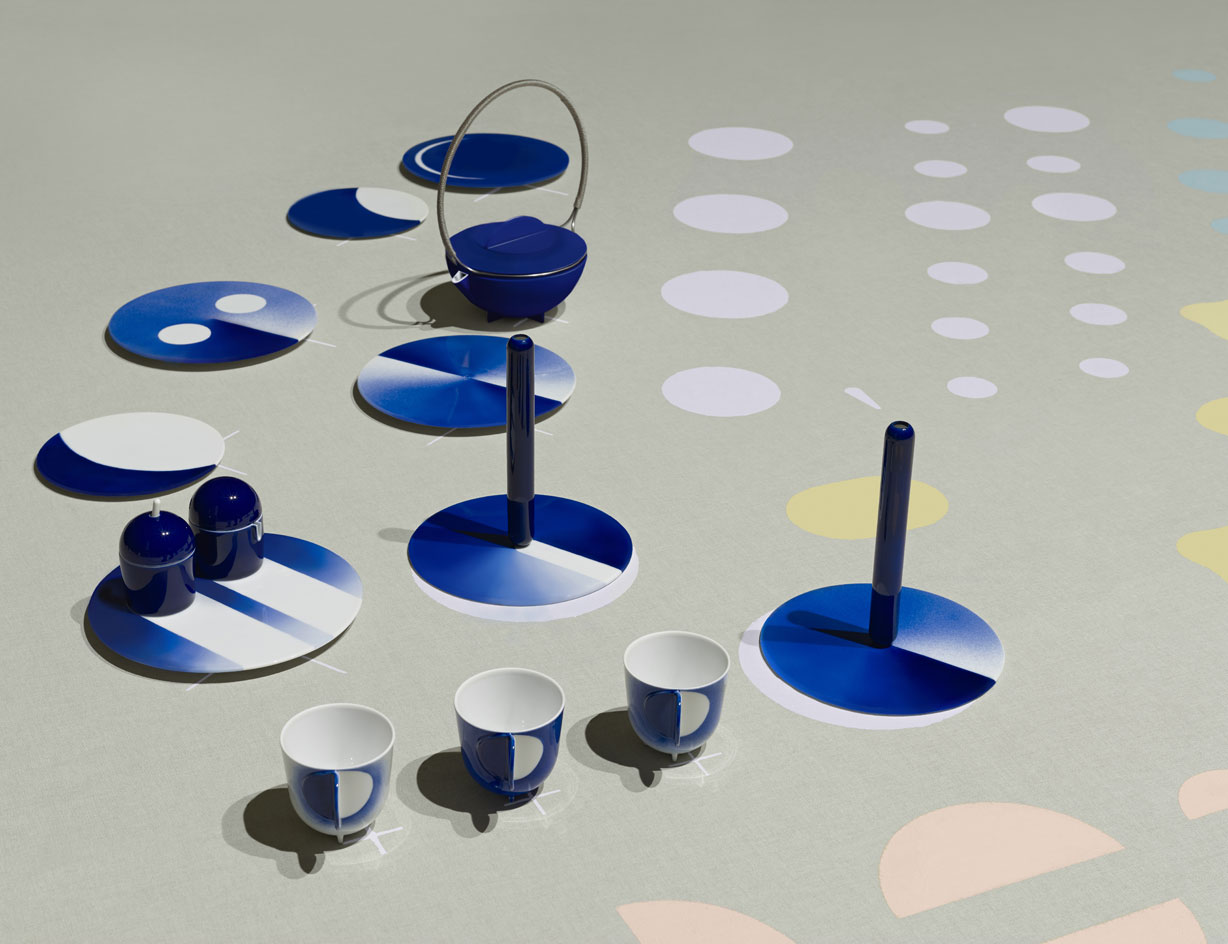
The faded rich electric blues of Studio Wieki Somers take the ancient metal stencil techniques of Koransha pottery to an abstract and hi-tech level.
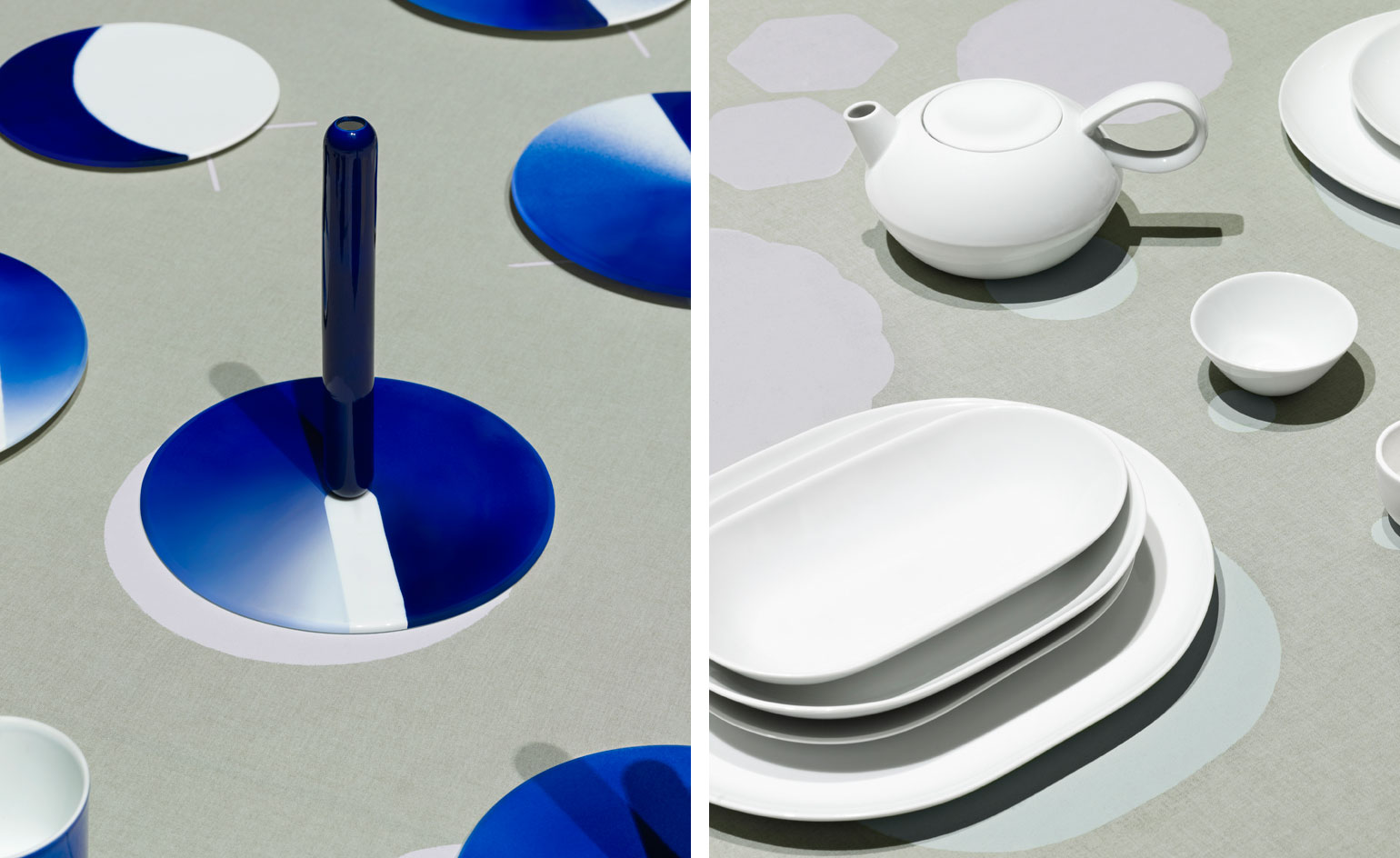
Next up is the opening of an ’Arita House’ right by Amsterdam’s Rijksmuseum, a mimic of the one in Japan. Pictured left: work by Studio Wieki Somers. Right: wares designed by Stefan Diez.
INFORMATION
2016/ collections will be available from November 2016. For more information, visit the 2016/ website
Wallpaper* Newsletter
Receive our daily digest of inspiration, escapism and design stories from around the world direct to your inbox.
Sujata Burman is a writer and editor based in London, specialising in design and culture. She was Digital Design Editor at Wallpaper* before moving to her current role of Head of Content at London Design Festival and London Design Biennale where she is expanding the content offering of the showcases. Over the past decade, Sujata has written for global design and culture publications, and has been a speaker, moderator and judge for institutions and brands including RIBA, D&AD, Design Museum and Design Miami/. In 2019, she co-authored her first book, An Opinionated Guide to London Architecture, published by Hoxton Mini Press, which was driven by her aim to make the fields of design and architecture accessible to wider audiences.
-
 Marylebone restaurant Nina turns up the volume on Italian dining
Marylebone restaurant Nina turns up the volume on Italian diningAt Nina, don’t expect a view of the Amalfi Coast. Do expect pasta, leopard print and industrial chic
By Sofia de la Cruz
-
 Tour the wonderful homes of ‘Casa Mexicana’, an ode to residential architecture in Mexico
Tour the wonderful homes of ‘Casa Mexicana’, an ode to residential architecture in Mexico‘Casa Mexicana’ is a new book celebrating the country’s residential architecture, highlighting its influence across the world
By Ellie Stathaki
-
 Jonathan Anderson is heading to Dior Men
Jonathan Anderson is heading to Dior MenAfter months of speculation, it has been confirmed this morning that Jonathan Anderson, who left Loewe earlier this year, is the successor to Kim Jones at Dior Men
By Jack Moss
-
 Eight designers to know from Rossana Orlandi Gallery’s Milan Design Week 2025 exhibition
Eight designers to know from Rossana Orlandi Gallery’s Milan Design Week 2025 exhibitionWallpaper’s highlights from the mega-exhibition at Rossana Orlandi Gallery include some of the most compelling names in design today
By Anna Solomon
-
 Bentley’s new home collections bring the ‘potency’ of its cars to Milan Design Week
Bentley’s new home collections bring the ‘potency’ of its cars to Milan Design WeekNew furniture, accessories and picnic pieces from Bentley Home take cues from the bold lines and smooth curves of Bentley Motors
By Anna Solomon
-
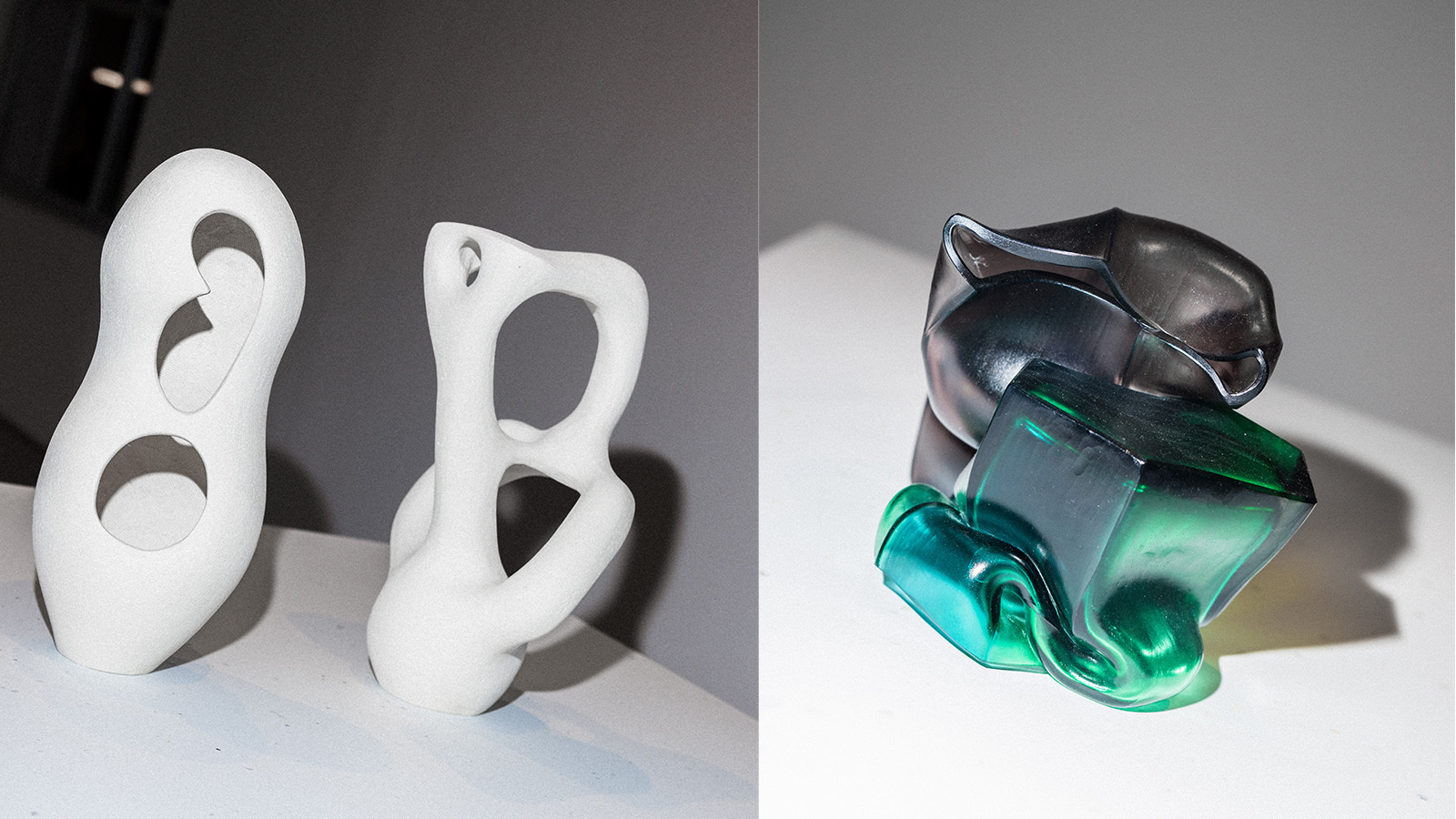 StoneX partners with Wallpaper* for material alchemy at Milan Design Week and beyond
StoneX partners with Wallpaper* for material alchemy at Milan Design Week and beyondThe natural stone purveyor teams up with Wallpaper* for a three-year partnership of material adventures, starting with an exhibition at Triennale di Milano
By Simon Mills
-
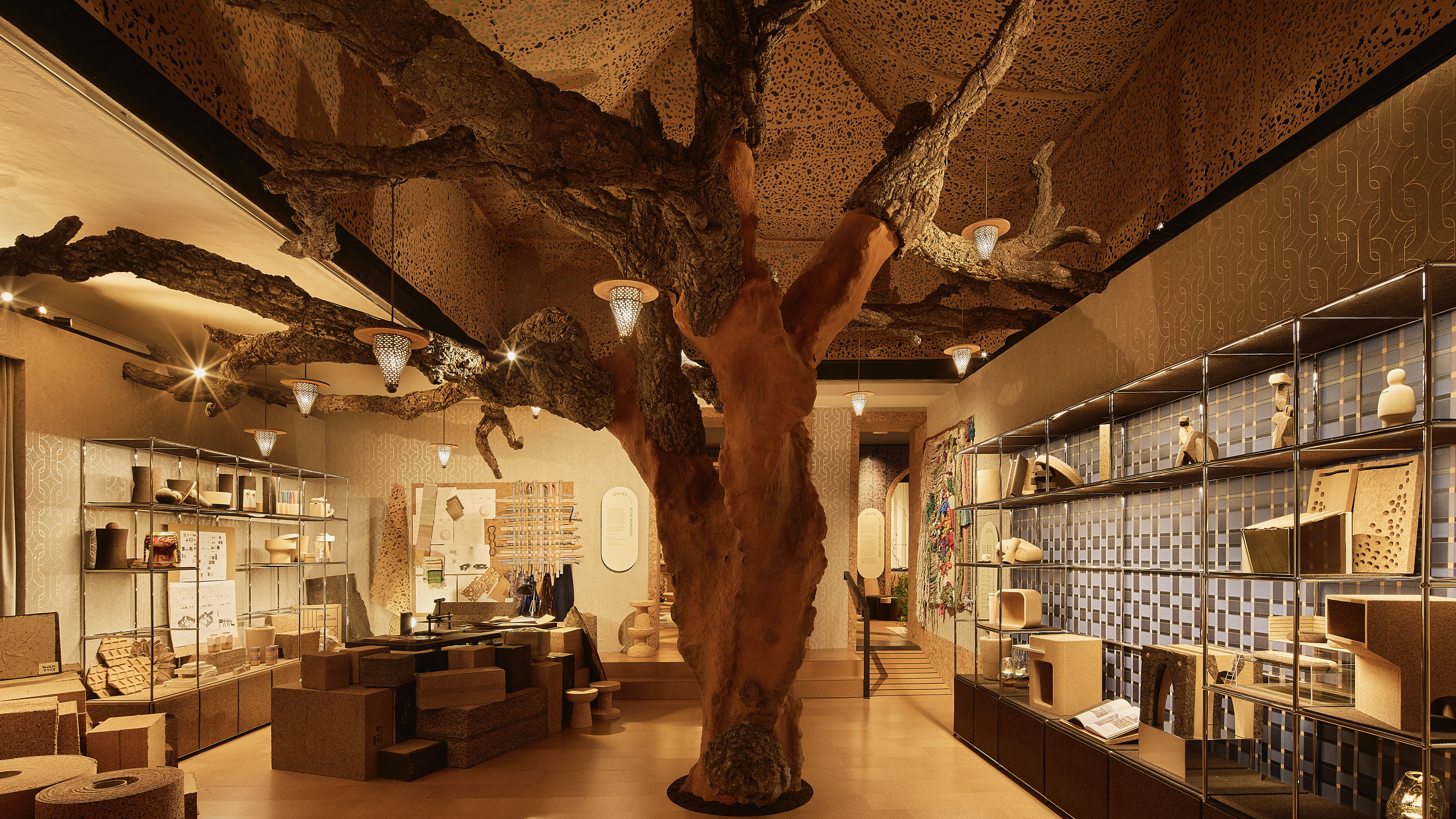 David Rockwell’s Milan Design Week presentation is a love letter to cork
David Rockwell’s Milan Design Week presentation is a love letter to corkRockwell Group’s Casa Cork installation showcases this under-appreciated material, which is infinitely recyclable and sequesters carbon for decades
By Anna Solomon
-
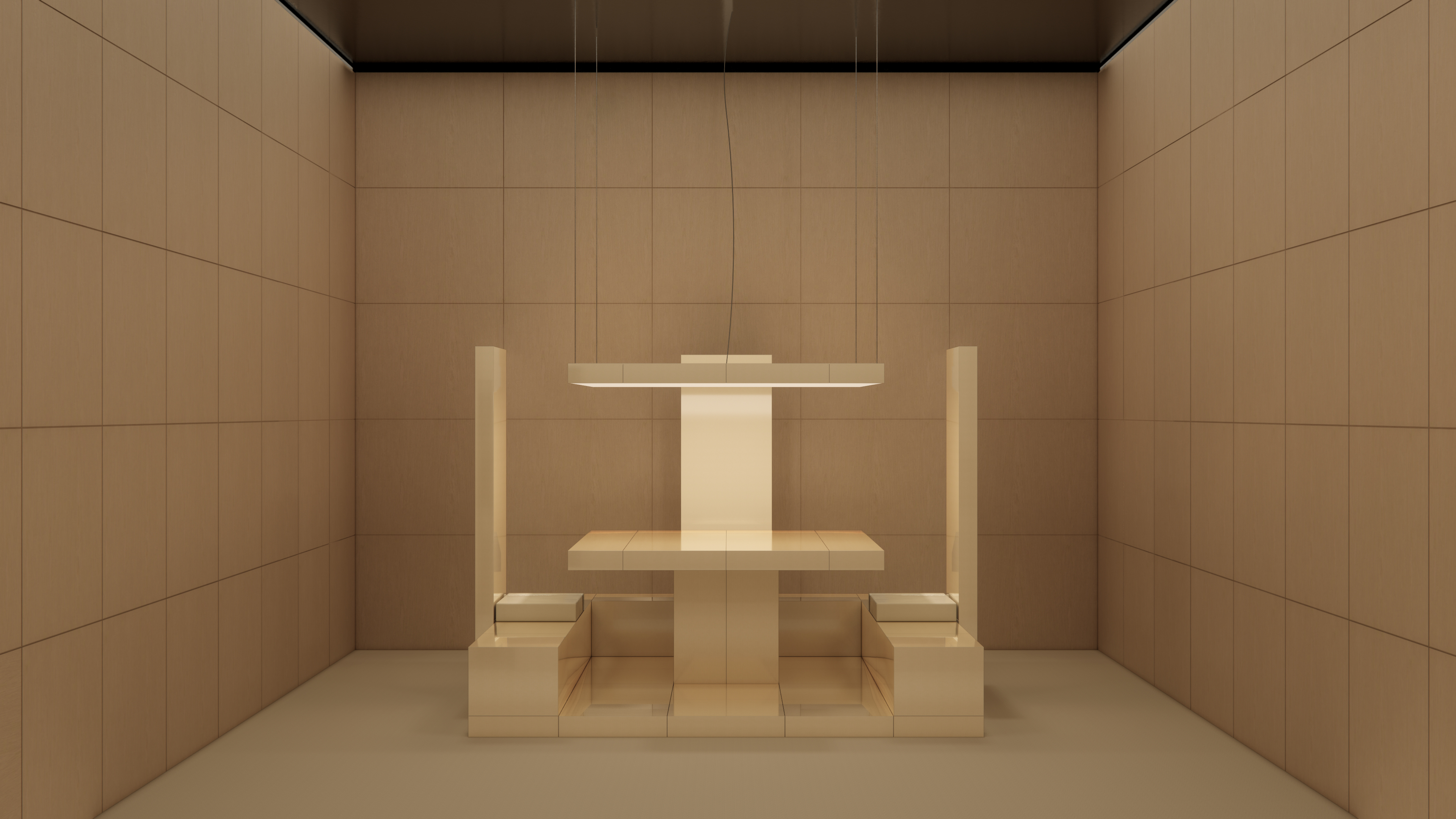 Emerging galleries to discover during Milan Design Week
Emerging galleries to discover during Milan Design WeekWallpaper’s Milan editor has the inside track on the younger design galleries coming to town
By Laura May Todd
-
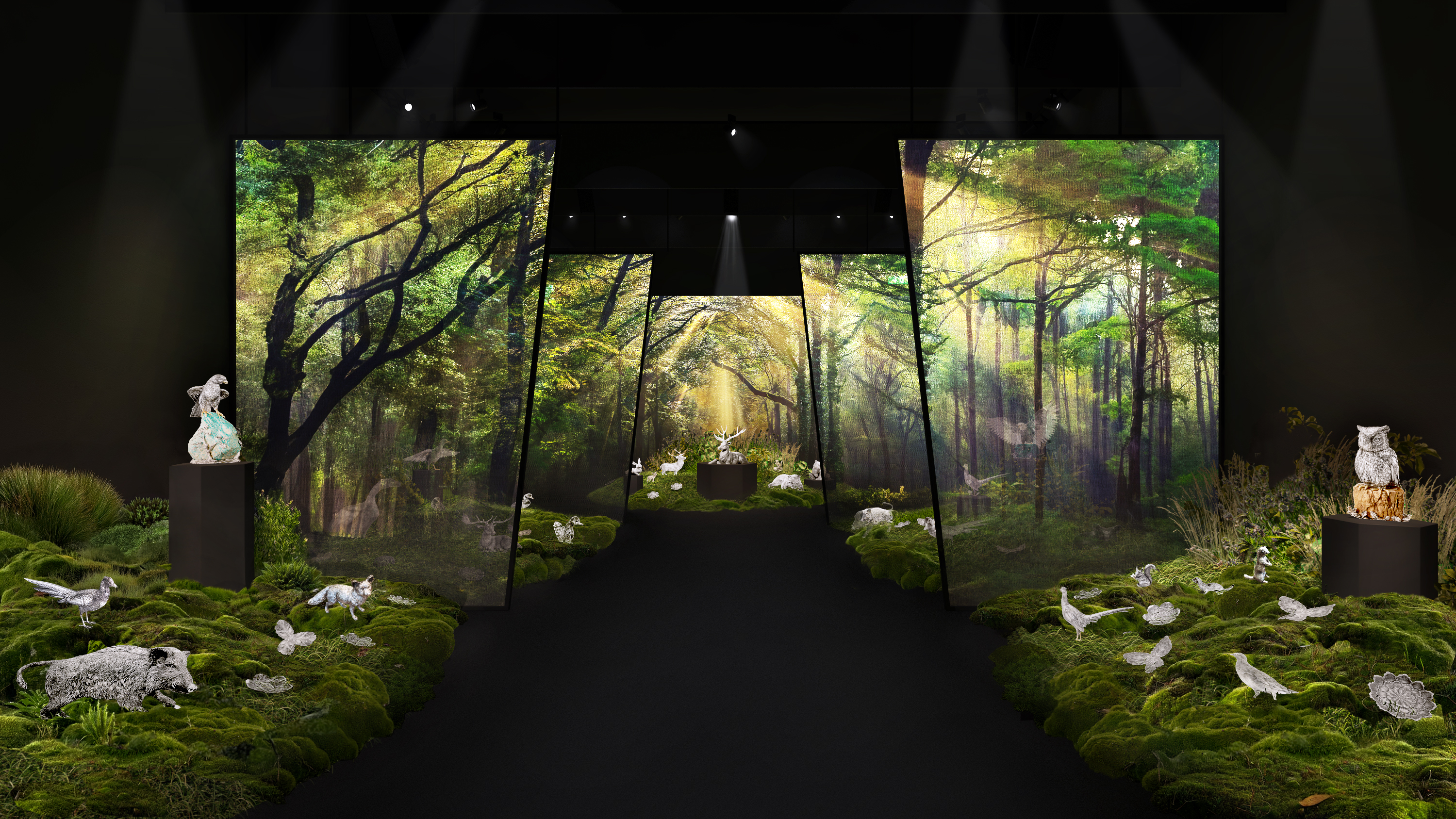 Buccellati brings the forest and Furry Animals to Milan Design Week
Buccellati brings the forest and Furry Animals to Milan Design WeekThe jewellery and silverware maison falls back on tradition for its Milan showcase, presenting its now-emblematic collection of intricately crafted creatures
By Laura May Todd
-
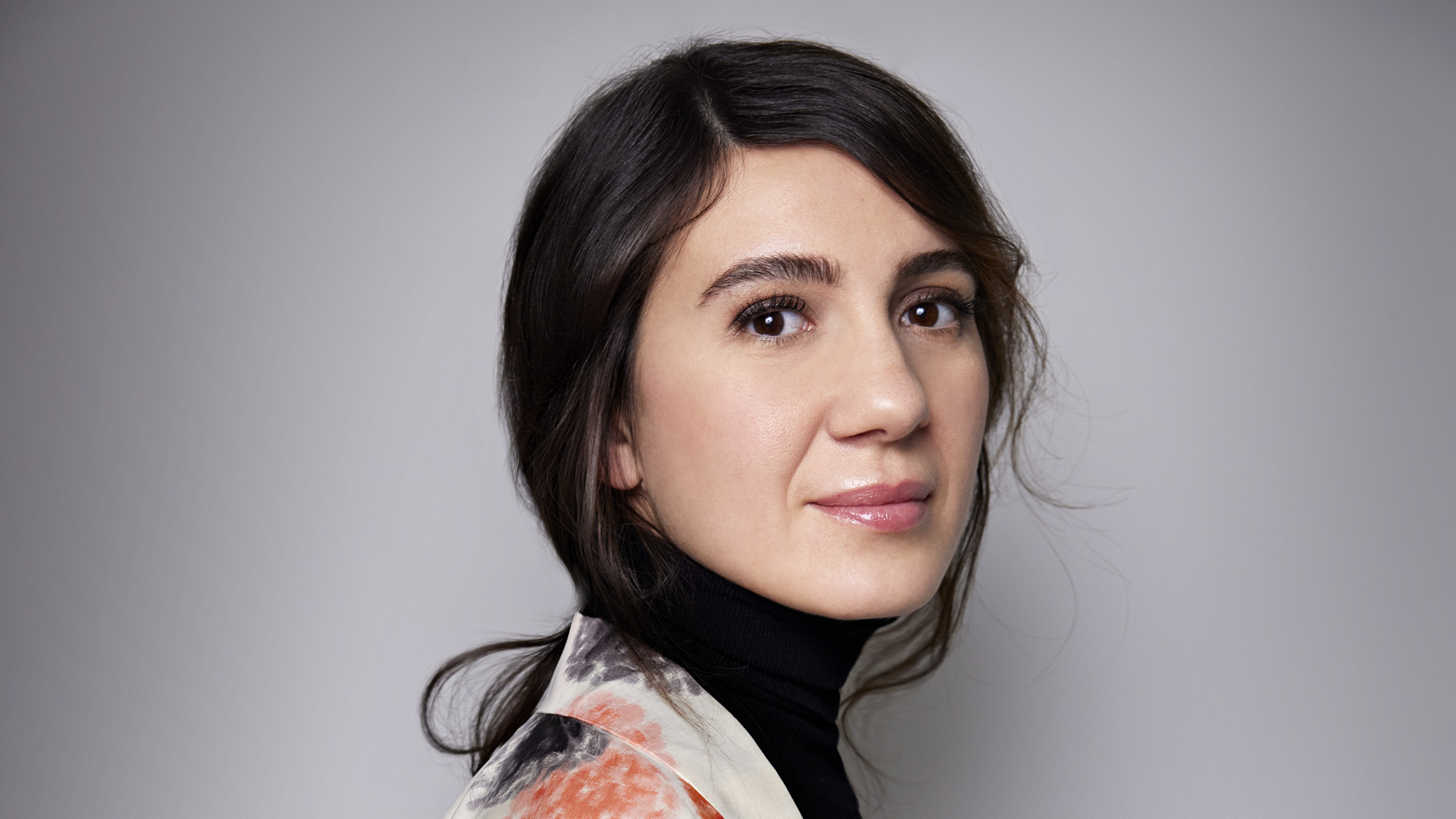 Where next for Salone del Mobile? Maria Porro on the future of the world’s biggest furniture fair
Where next for Salone del Mobile? Maria Porro on the future of the world’s biggest furniture fairAhead of Salone del Mobile 2025 in Milan, we sit down with its president to talk design, data and forging the event’s future in a fast-changing world
By Hugo Macdonald
-
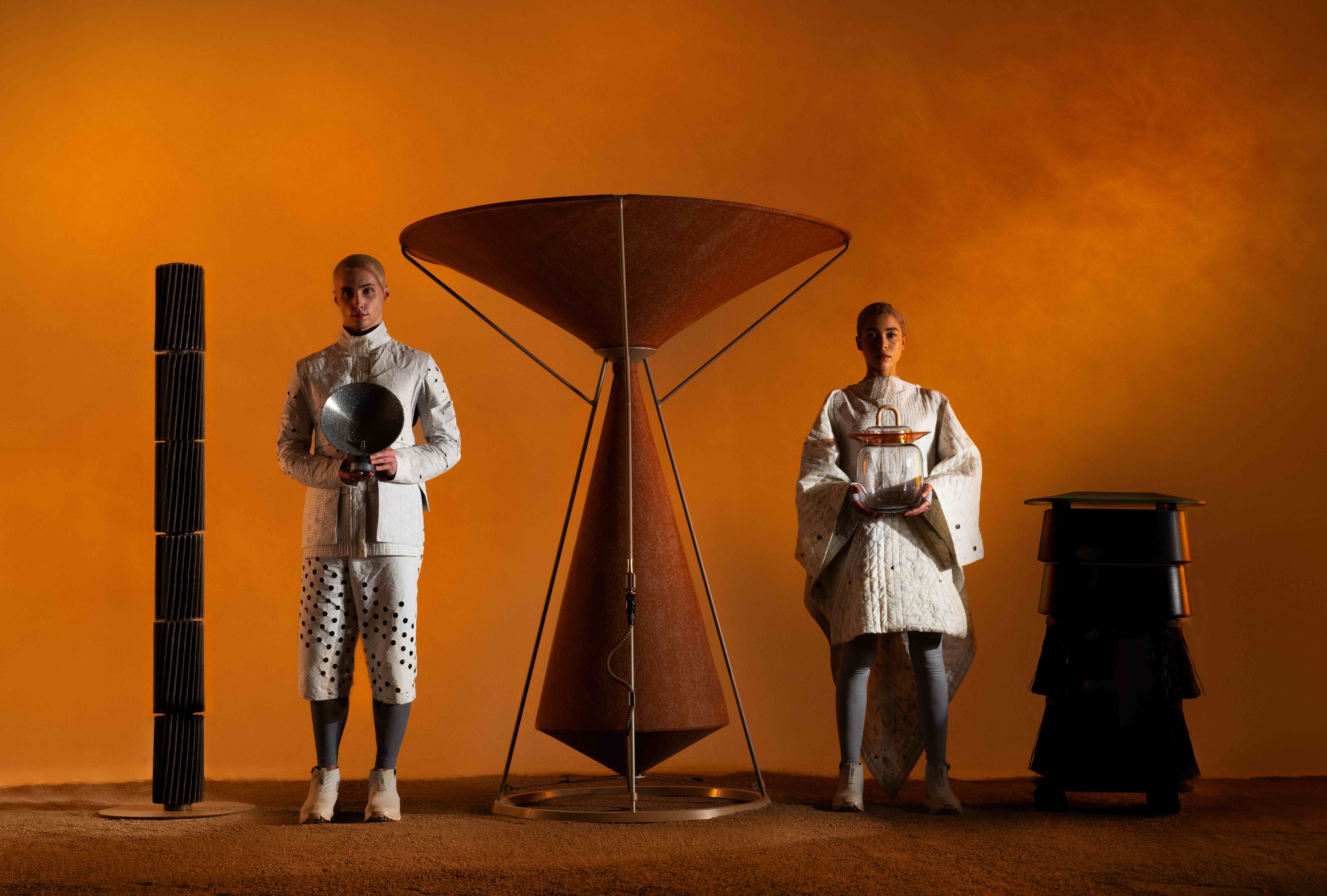 What to see at Milan Design Week 2025
What to see at Milan Design Week 2025A guide to some of the events the Wallpaper* team is checking out at Milan Design Week (7–13 April) – from public installations and major launches to standout venues and must-see exhibitions
By Hugo Macdonald